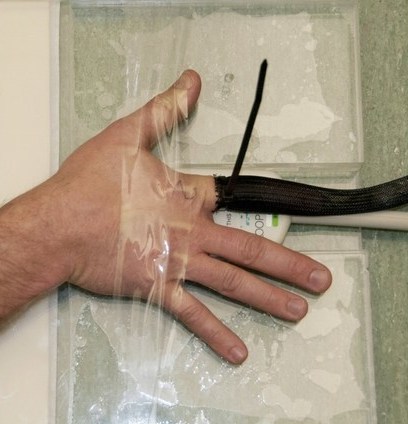Snap, crackle, pop - study reveals secret behind knuckle-cracking
Some people like the sound of knuckle-cracking and others loathe it, but for years there has been disagreement among scientists about what actually causes it. Researchers said on Wednesday they have settled the issue of what occurs inside knuckles to trigger the familiar popping sound, thanks to magnetic resonance imaging (MRI) experiments that they jokingly dubbed the “pull my finger study." It turns out the cracking is caused by the rapid formation of a gas-filled cavity within a slippery substance called synovial fluid that lubricates the space between the finger bones, they said. The knuckle-cracking happens in less than 310 milliseconds. The researchers also detected immediately before the popping sound a white flash, apparently from water rushing together.
I quite like the sound, but that’s my inner nerd talking.
Greg Kawchuk, a professor of rehabilitation medicine at the University of Alberta in Edmonton, Canada
The first scientific study on this topic, in 1947, suggested - quite correctly, as it turns out - the sound came from formation of a gas cavity inside the joint. But other researchers in 1971 disagreed, contending the collapse of a bubble inside the joint triggered the pop. In the new study, the scientists indeed did pull on a man’s fingers and captured knuckle-cracking on an MRI video. MRIs provide detailed images of internal body structures. One of the study’s co-authors, chiropractor Jerome Fryer, lent his knuckles to the cause of science. His fingers were inserted individually into a tube linked to a cable that was pulled until his joint cracked.
I personally do not like the cracking sound at all, I think primarily because I always imagined there was damage being done.
Chiropractor Jerome Fryer, a co-author of the study

Science knuckle cracking